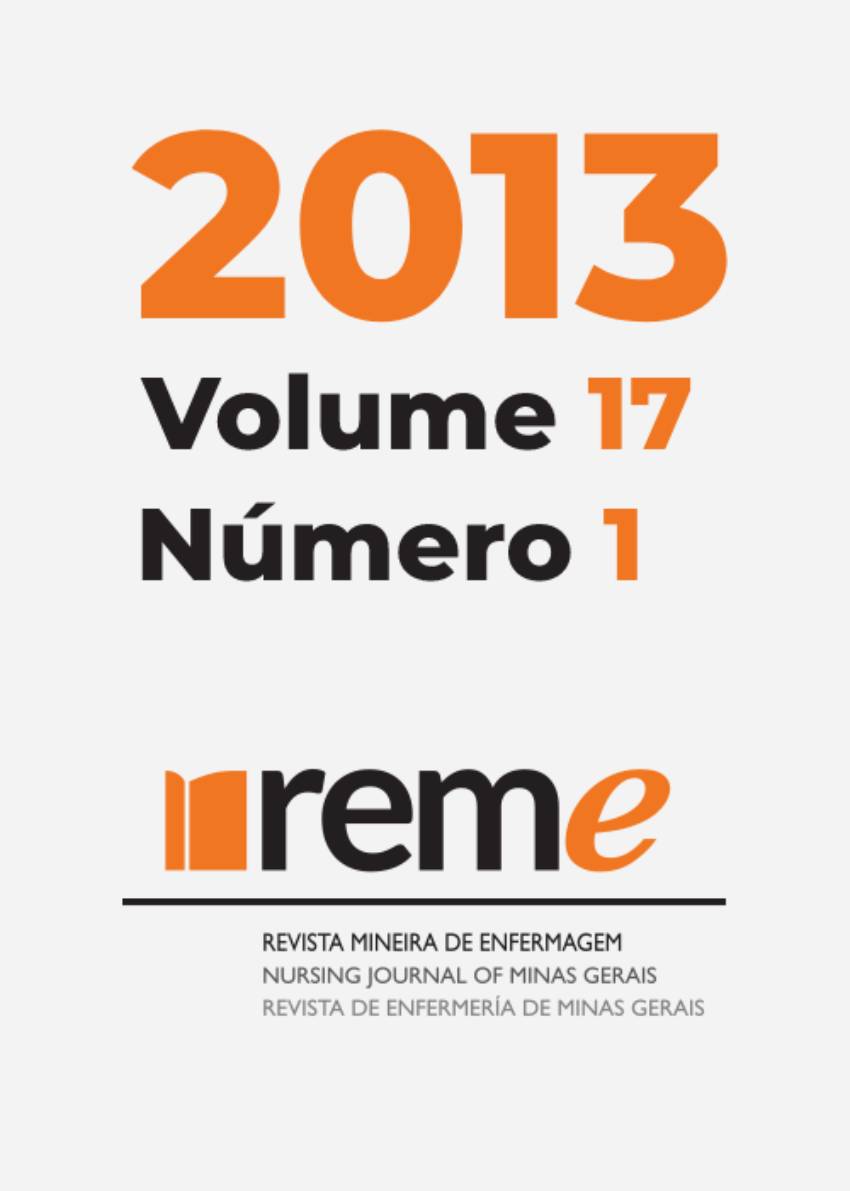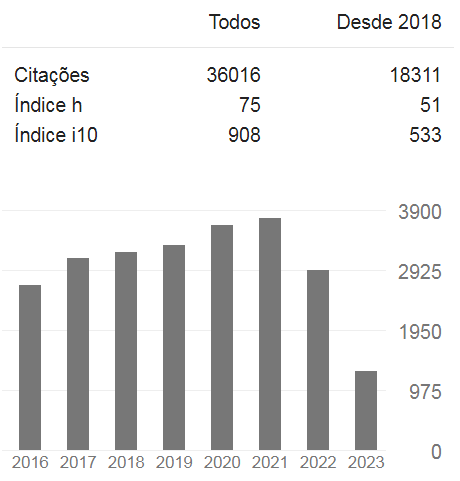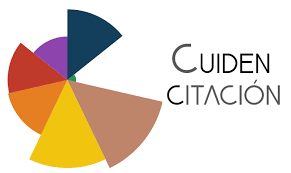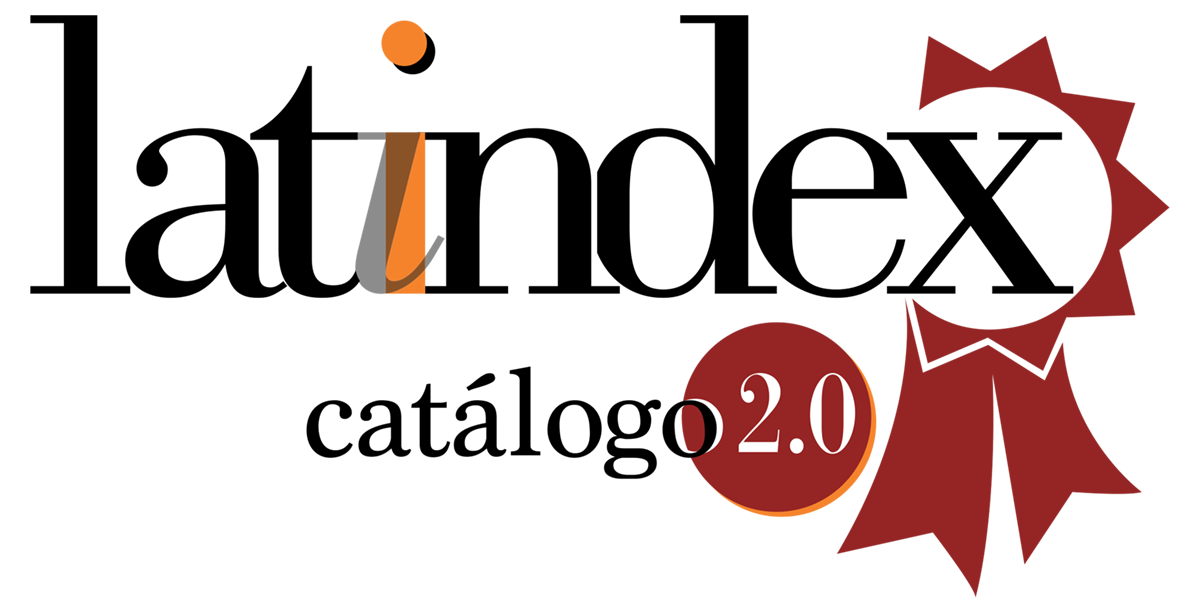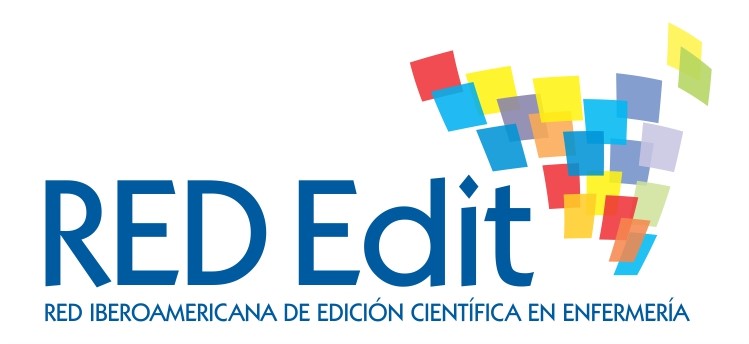"Spitzer quality of life index" and the elderly population: psychometric properties
DOI:
https://doi.org/10.35699/reme.v17i1.50250Keywords:
Quality of Life, Psychometrics, Aged, Nursing, Calidad de Vida, Psicometría, Anciano, EnfermeríaAbstract
Generic instruments to evaluate the quality of life in the elderly population are scarce and present limitations for this age range. To evaluate the reliability of the Spitzer quality of life index in elderly individuals in follow-up at outpatient clinic and discriminant validity in relation to the number of comorbidities and medication. Methodological research with 200 elderly individuals, between 60 and 89 years of age, through the following instruments: Characterization of subjects and Spitzer Quality of Life Index. The total average score of the Spitzer Quality of Life Index was 8.0 with Cronbach's alpha coefficient of 0.55. The instrument discriminated individuals in relation to the number of comorbidities (p=0.0011) and medication (p=0.0045). Conclusion: The study refers to further research so as to verify whether the instrument reliability shows high values in individuals with clinical conditions more severe than of the studied sample.References
Veras R. Fórum. Envelhecimento populacional e as informações de saúde
do PNAD: demandas e desafios contemporâneos. Introdução. Cad Saude
Publica. 2007; 23:(10):2463-6.
Neri AL. Qualidade de vida na velhice e atendimento domiciliário. In: Duarte
YAO, Diogo MJE. Atendimento domiciliar: um enfoque gerontológico. São
Paulo (SP): Atheneu; 2000. p.34.
Paschoal SMP. Qualidade de vida na velhice. In: Freitas EV, Py L, Neri AL,
Cançado Fax, Doll J, Gorzoni ML. Tratado de Geriatria e Gerontologia. Rio de
Janeiro (RJ): Guanabara Koogan; 2006. p.147-50.
The Whoqol Group. The World Health Organization quality of life assessment
(WHOQOL): position paper from the World Health Organization. Soc Sci
Med. 1995; 41:1403-10.
Turner RR, Quittner L, Parasuraman BM, Kallich JD, Cleeland CS. PatientReported Outcomes: Instrument development and selection issues. Value
Health. 2007; 10(S2): S86-93.
Kimberlin CL, Winterstein AG. Validity and reliability of measurement
instruments used in research. Am J Health Syst Pharm. 2008; 65(23): 2276-84.
Fitzpatrick R, Fletcher OF, Gore S, Jones D, Spiegelhaltel D, Cox D. Quality of
life measures in health care: applications and issues in assessment. BMJ. 1998;
(305):1074-7.
Keszei A, Novak M, Streiner DL. Introduction to health measurement scales.
J Psychosom Res. 2010; 68(4):319-23.
Alexandre NMC, Coluci, MZO. Validade de conteúdo nos processos
de construção e adaptação de instrumentos de medida. Cienc Saude
Coletiva. 2010 [Citado em 2011 nov. 15]. Disponível em: http://www.
cienciaesaudecoletiva.com.br
Roberts P, Priest H, Traynor M. Reability and validity in research. Nurs Stand.
; 20(44): 41-5.
Lobiondo-Wood G, Haber J. Desenhos Não Experimentais. In: LobiondoWood G, Haber J. Pesquisa em enfermagem: métodos, avaliação crítica e
utilização. Rio de Janeiro: Guanabara Koogan; 2001. p.110-21.
Fleck MPA, Leal OF, Louzada S, Xavier M, Chachamovit E, Vieira G, Santos L,
et al. Desenvolvimento da versão em português do instrumento de avaliação
de qualidade de vida da OMS (WHOQOL-100). Rev Bras Psiquiatr. 1999;
(211):19-28.
Ciconelli RM. Tradução para o português e validação do questionário
genérico de avaliação de qualidade de vida “Medical Outcome Study 36-
Item Short-Form Health Survey” (SF-36). [tese]. São Paulo (SP): Universidade
Federal de São Paulo; 1997.
Hayes V, Morris J, Wolfe C, Morgan M. The sf-36 Health survey Questionnaire:
Is suitable for use with older adults? Age Ageing. 1995; 24:120-5.
Hwang HF, Liang WM, Chiu YN, Lin MR. Suitability of the WHOQOL-bref for
community-dwelling older people in Taiwan. Age Ageing 2003; 32: 593-600.
Souza FF. Avaliação da qualidade de vida do idoso em hemodiálise:
comparação de dois instrumentos genéricos. [dissertação]. Campinas (SP):
Faculdade de Ciências Médicas, Universidade Estadual de Campinas; 2004.
Zanei SSV. Análise dos instrumentos de avaliação de qualidade de vida
WHOQOL-breve e SF-36: confiabilidade, validade e concordância entre
pacientes de Unidades de Terapia Intensiva e seus familiares. [dissertação].
Campinas (SP): Faculdade de Ciências Médicas, Universidade Estadual de
Campinas; 2006.
Toledo RCMR, Alexandre NMC, Rodrigues RCM. Psychometric evaluation of
a Brazilian Portuguese version of the Spitzer Quality of Life Index in patients
with low back pain. Rev Latinoam Enferm. 2008; 16(6): 943-50.
Spitzer WO, Dobson AJ, Hall J, Chesterman E, Levi J, Shepherd R, Battista RN
et al. Measuring the quality of life of cancer patients: a concise QV-Index for
use by phisicians. J Chronic Dis. 1981; 34:585-97.
Koster R, Gebbensleben B, Stutzer H, Salzberger B, Ahrens P, Rohde H.
Karnofsky´s Scale and Spitzer´s Index in Comparision at the Time of
Surgery in a Cohort of 1081 Patients. Scand. J Gastroenterol. 1987; 22 Suppl:
(102): 102-6.
Wood-Dauphinee SL, Willians JI. The Spitzer Quality of Life: its performance
as a measure. In: Osaba D. The effect of cancer on quality of life. United
States: CRC Press Inc; 1991. p.169-84.
Cintra FA, Guariento ME, Miyasaki LA. Adesão medicamentosa em idosos em
seguimento ambulatorial. Cienc Saude Coletiva. 2010; 15(Supl.13): 3507-15.
Kline, P. A handbook of test construction. London: Methuen; 1986.
Pereira JCR. Análise de dados qualitativos: estratégias metodológicas para
as ciências da saúde, humanas e sociais. 3ª ed. São Paulo (SP): Editora da
Universidade de São Paulo; 2001.
Millikenm GA. Analysis of Messy Data. New York: Van Nostrand Reinhold
Company; 1984.
Montgomery DD. Design and Analysis of Experiments. 3ª ed. New York: John
Wiley & Sons; 1991.
Signoretti DCOM. Capacidade funcional, condições de saúde, sintomas
depressivos e bem-estar subjetivo dos idosos atendidos no Ambulatório de
Geriatria do Hospital das Clínicas da Unicamp. [dissertação]. Campinas (SP):
Faculdade de Educação, Universidade Estadual de Campinas; 2006.
Marx RG, Bombardier C, Hogg-Johnson S, Wright JG. Clinimetric and
psychometric strategies for development of a health measurement scale. J
Clin Epidemiol. 1999; 52(2):105-11.
Selby-Harrington ML, Mehta SM, Jutsum V, Ripotella-Muller R, Quade D.
Reporting of instrument validity and reliability in selected clinical nursing
journals. J Prof Nurs. 1994; 10(1): 47-56
Terwee CB et al. Quality criteria were proposed for measurement properties
of heath status questionnaires. J Clin Epidemiol. 2007; 60:34-42.
Olivo AS, Macedo LG, Gadotti IC, Fuentes J, Stanton T, Magee DJ. Scales to
assess quality of randomized controlled trials: a systematic review. Phys Ther.
; 88(2):156-75.
Frost MH et al. What is sufficient evidence for the reliability and validity of
patient-reported outcome measures? Value Health. 2007;10(supl.2): S94-S105.
McHorney CA et al. The MOS 36-Item Short-Form Health Survey (SF-36): III.
Tests of data quality, scaling assumptions and reliability across diverse patient
groups. Medical Care. 1994; 32(1):40-66.
Mor V. Cancer patients´quality of life over the disease course: lessons from
the real world. J Chron Dis. 1987; 40(6):535-44.
Förster R, Storck M, Schäfer JR. Hönig E, Lang G, Liewald F. Thoracoscopy
versus thoracotomy: a prospective comparison of trauma and quality of life.
Langenbecks Arch Surg. 2002; 387:32-6.
Kirschner B, Guyatt G. A methodological framework for assessing health
indices. J Chron Dis. 1985; 38(1):27-36.
Downloads
Published
Issue
Section
License
Copyright (c) 2013 Reme: Revista Mineira de Enfermagem

This work is licensed under a Creative Commons Attribution 4.0 International License.

